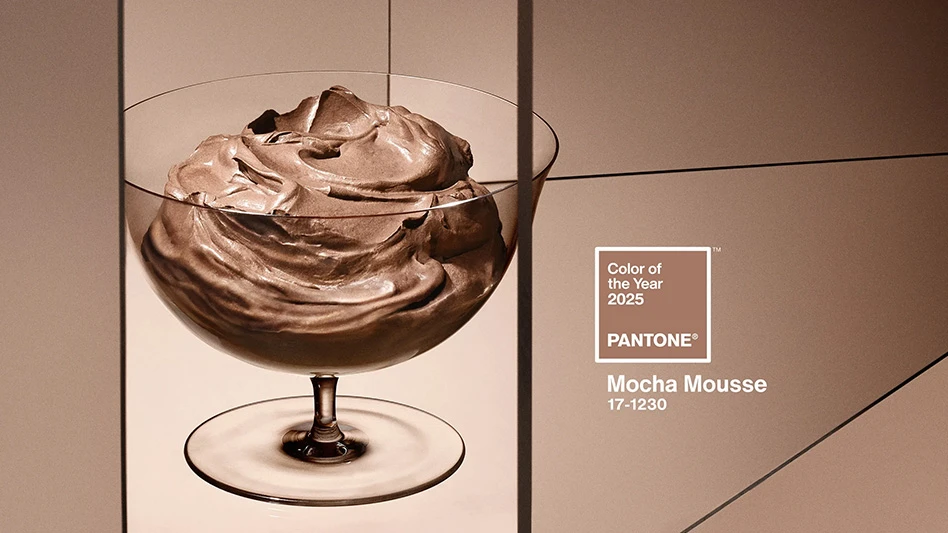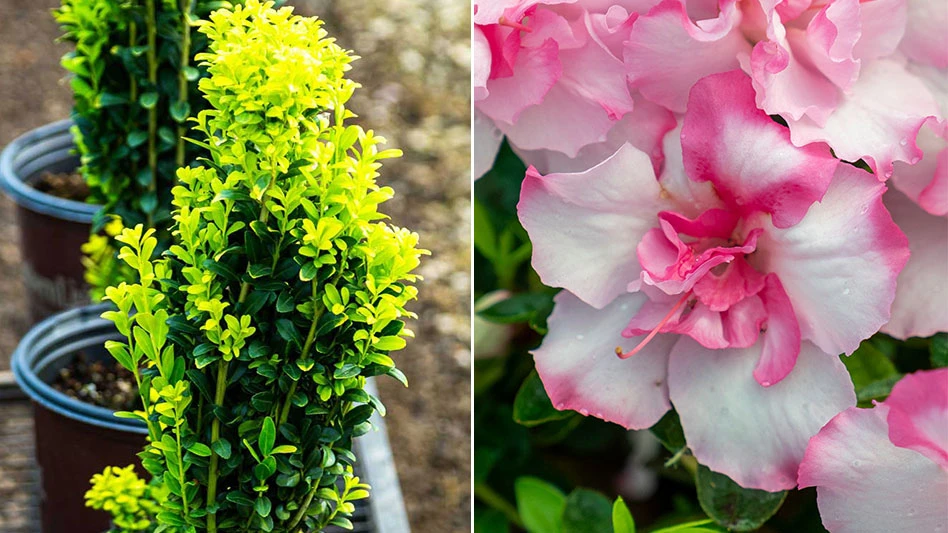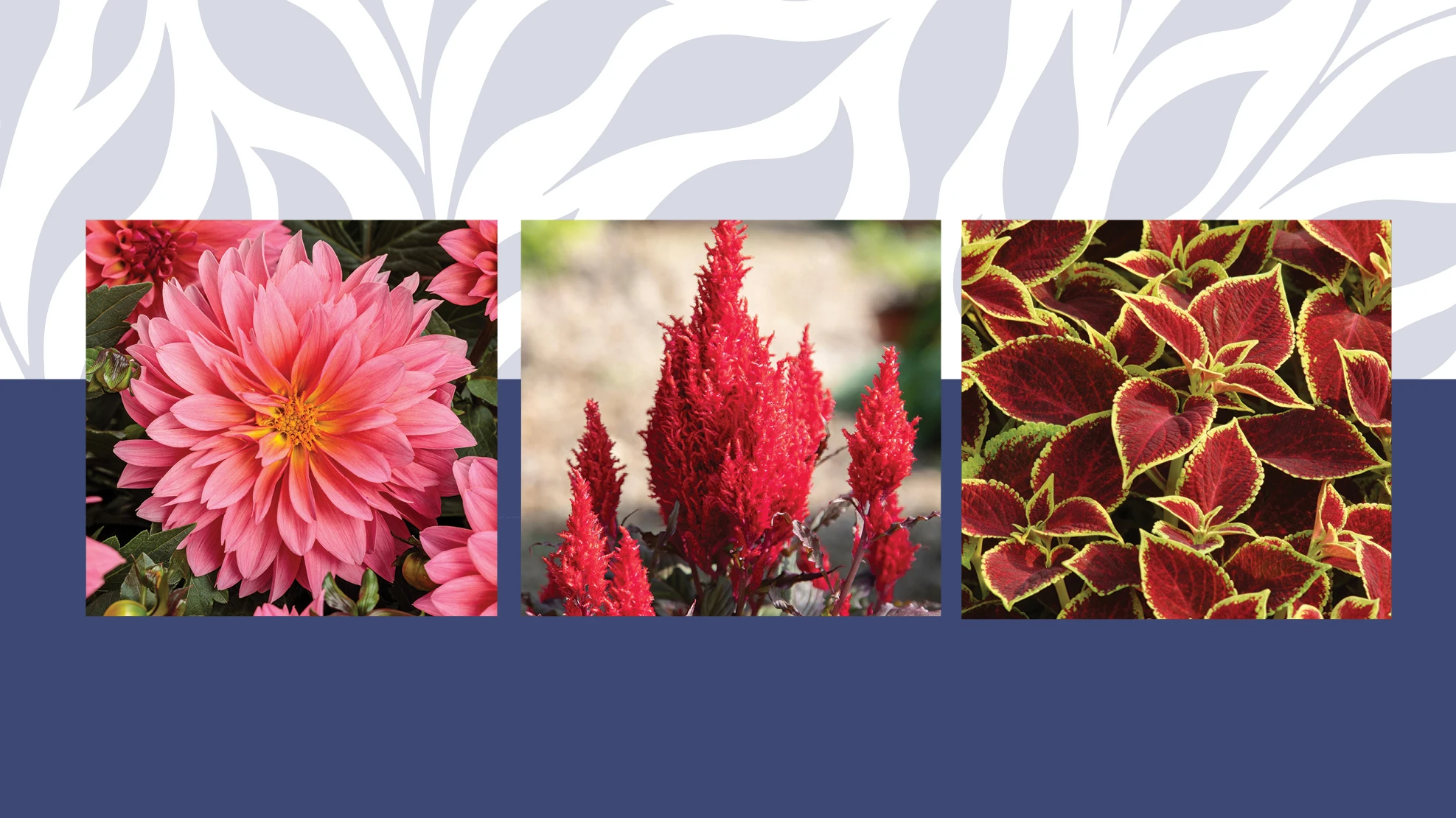
Most of James Greenhouses’ varieties – whether they are being shipped to a big greenhouse operation or small nursery – will eventually make their way into the landscape. That’s why the Georgia-based growers’ hearty perennial plants need to be hardened off before leaving the facility.
“Having an open-roof or passive ventilation type of growing environment, we’ve found, historically gives us better products that are more able to survive the shipping and transplant process and thrive in an outdoor growing environment,” says James Greenhouses President and CEO Ken James. “So we’ve always been building toward that goal.”
James worked with Rough Bros.’ James Parris to build the new 43,000 square-foot Open Roof Structure. “He came up with a design proposal that not only gave us a 100-percent open roof, but also maximized the wall venting for our particular needs,” James says, adding that the extremely hot and humid summertime temperatures in his climate call for good air movement. “We had a couple of weeks that were over 100 degrees this summer, and without forced air, it’s pretty hard to get air to move in a greenhouse.”
The Open Roof Structure’s vents open to a maximum of 10 feet on four sides to solve that problem. “Most days, we don’t have to open the vents all the way even in the middle of the summer to achieve the amount of air movement we’re looking for,” he says. The clear design also allows for open workspace as well as the right amount of heat retention for the cooler winter months, James adds.

Top-priority varieties
The new greenhouse is used for one of James’ highest-value crops – roses, which typically need more air movement and chemical controls than other crops James Greenhouses produces.
“Having them in a more natural environment that they would be used to out in the landscape makes them easier to manage.” James says his roses have fewer disease issues because the foliage dries rather quickly in this structure.
This structure also works well for hellebores, another high-quality crop. Many times, both are grown in two partitioned zones where the climate can be controlled for either side.
“It’s our best growing environment, so we put our two highest-value crops out there,” he says.
Strong, sound and adaptable
Not only does the open roof concept overall improve James’ crop quality, he is also impressed by the overall sturdiness of the Rough Bros. structure.
“They have the custom-manufactured, beautiful trusses that are super heavy-duty,” James says. “They’re strong in all the right places, and strong enough to accommodate all of the equipment that we wanted now, and in the future.”
James says the structure’s ability to handle upgrades is one of the biggest benefits of selecting Rough Bros. as a supplier. He eventually would like to add supplemental lighting to the structure. “If you ever do go back to try and retrofit something, it costs an enormous amount of money,” he says. “But in this house, there’s no barriers to adding additional equipment.”
Photos courtesy of Ken James
Latest from Greenhouse Management
- Connect with us at MANTS
- Garden Center magazine announces dates for 2025 Garden Center Conference & Expo
- On the rebound
- A winning gameplan for spring
- Magic & mystique
- Veseris expands in turf and ornamental with acquisition of Tessman and Lynde companies
- BioTherm launches Ultimate Grower Climate Control System
- Jess Lyga joins Bailey sales team





